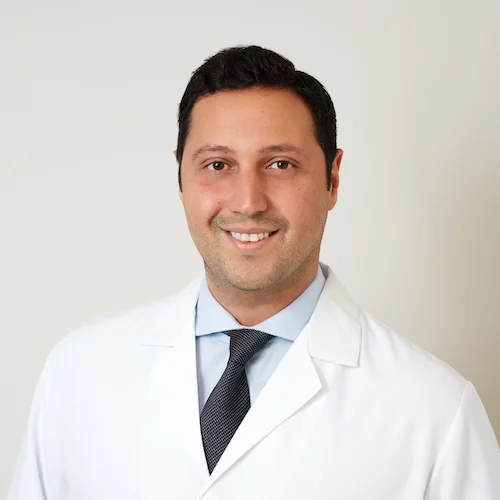What is Postural Orthostatic Tachycardia Syndrome (POTS)?
Postural Orthostatic Tachycardia Syndrome (POTS) is a disorder of blood flow that causes a sudden spike in heart rate without a change in blood pressure when moving from lying down or sitting to standing. This condition affects the autonomic nervous system, which regulates involuntary functions such as heart rate, breathing, and body temperature. If you are struggling with these symptoms, consulting a POTS doctor in NYC can help you get an accurate diagnosis and effective treatment plan.
What Causes POTS?
The exact causes of POTS are still not fully understood. Researchers believe the disorder can be influenced by several factors and is often divided into subgroups:
- Hypovolemic POTS: Low blood volume
- Neuropathic POTS: Imbalance in the nervous system
- Hyperadrenergic POTS: Hormonal imbalance
In some cases, POTS may also be linked to autoimmune conditions that disrupt the immune system’s balance.
Common Signs and Symptoms of POTS
Symptoms typically occur when moving from a sitting or lying position to standing. Patients may experience one or more of the following:
- Lightheadedness or fainting
- Palpitations
- Chest pain or shortness of breath
- Brain fog
- Nausea or headache
- Tremors or blurred vision
- Digestive issues (pain, diarrhea, or constipation)
If these symptoms interfere with daily life, seeking POTS treatment in NYC can provide the support you need to manage them effectively.
Who is at Risk for POTS?
POTS affects less than 1% of Americans, most commonly women, and symptoms often emerge in adolescence or young adulthood. Risk factors and related conditions include:
- Ehlers-Danlos Syndrome
- Chronic Fatigue Syndrome
- Autoimmune Disorders (e.g., lupus, Sjögren’s)
- Diabetes
- Lyme Disease
- Sedentary lifestyle, poor diet, smoking, or high caffeine intake
How is POTS Diagnosed?
A POTS doctor in NYC will start with a thorough medical history and physical exam. Diagnostic tests may include:
- Tilt Table Test: Measures how heart rate and blood pressure change when standing
- Orthostatic vital signs monitoring
- Blood work, ECG, echocardiogram, or stress testing to rule out other conditions
These tests help exclude similar issues such as orthostatic hypotension, thyroid disorders, panic attacks, or dehydration.
POTS Treatment Options
There is no universal cure for POTS, but personalized care can significantly improve symptoms and quality of life. A specialist will create a tailored plan, which may include:
- Exercise programs (paced and gradual to avoid overexertion)
- Dietary changes (increased fluids and salt for low blood volume)
- Compression stockings to prevent blood pooling in the legs
- IV saline infusion in severe cases of dehydration or blood loss
- Medication adjustments if certain drugs worsen symptoms
- Lifestyle changes like quitting smoking and reducing caffeine intake
When necessary, pharmacological treatment may also be considered. For comprehensive POTS treatment in NYC, working with an experienced specialist is key.
Can POTS Be Prevented?
Because POTS is influenced by multiple factors, there is no guaranteed way to prevent it. However, avoiding stimulants, managing underlying health conditions, and maintaining a healthy lifestyle can help reduce risk.
Risks of Leaving POTS Untreated
While POTS is not life-threatening, untreated symptoms can significantly disrupt daily life. Fainting episodes may lead to injuries, and ongoing fatigue or brain fog can affect work, school, and social activities. Early evaluation by a POTS doctor in NYC can help reduce these risks and improve long-term outcomes.


